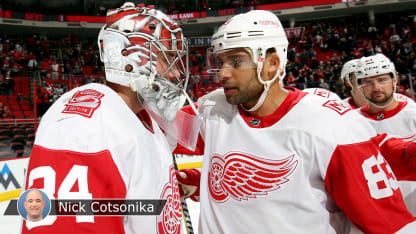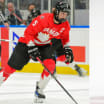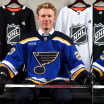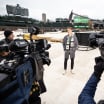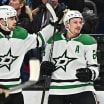The Red Wings exposed Mrazek, instead of Howard, in the NHL Expansion Draft. The Vegas Golden Knights could have selected him for themselves or flip him to another team. They passed.
Mrazek worked on his technique in the offseason, knowing he would have to compete with Howard.
"On the ice, I think I was moving too much; I was all over the place," Mrazek said. "I tried to stay in the blue paint more and stay patient. ... Off the ice, I worked with my fitness coach for nine years now. I think we finally find a way to get ready and to be prepared for everything, like, mentally and physically."
Howard played 34 of the first 40 games this season, going 14-12-6 with a .916 save percentage, while Mrazek played 11, going 3-4-1 with an .892 save percentage.
"I came to camp ready to play," Mrazek said. "I didn't play much first half of the season, and I think it was tough for me to find a game when I played once in two weeks, once in three weeks."
